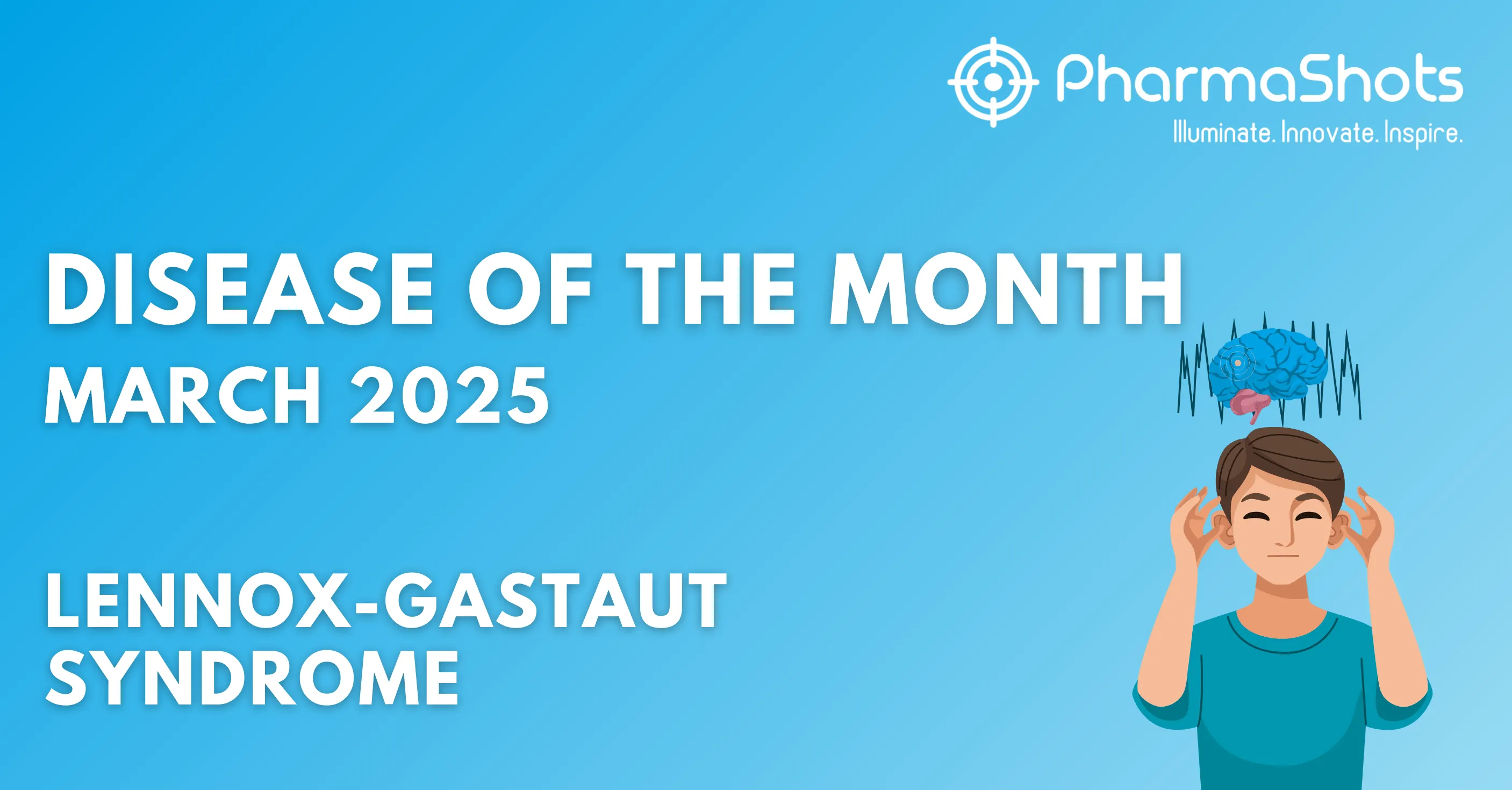
The Role of CCL17 in Immune Regulation: Unlocking New Therapeutic Possibilities
The CCL17 gene, a key player in the human immune system, has garnered significant attention for its role in disease regulation. This chemokine gene is pivotal in mediating immune responses, acting as a messenger that guides immune cells to sites of inflammation. Understanding its function and regulation is essential for unraveling the complexities of immune-related diseases.
Recent studies have highlighted the CCL17 gene's involvement in various conditions, ranging from allergic reactions to chronic inflammatory diseases. By exploring how this gene operates and is regulated, researchers aim to develop targeted therapies that could mitigate disease symptoms and improve patient outcomes. This article delves into the intricate workings of the CCL17 gene, shedding light on its potential as a therapeutic target in disease management. Readers will learn about the gene's regulatory mechanisms and broader health and disease implications.
CCL17 Gene's Significance in Immunology
The CCL17 gene, expressed in the thymus, influences immune responses. It attracts T lymphocytes through chemotactic activity, focusing on Th2 cells. This process involves CCL17 protein binding to CCR4 and CCR8 receptors on T cells. Understanding this interaction is vital for advancing immunological research. Elevated CCL17 levels exacerbate atopic dermatitis by recruiting Th2 cells and amplifying inflammation.
Understanding CCL17's Involvement in Disease and Biotechnology Implications
CCL17 is a prominent player in immunological responses. It impacts diseases like allergies and dermatitis, and its involvement in recruiting T lymphocytes makes it significant.
Definition and Function
CCL17, or TARC, is a CC chemokine ligand integral to immune regulation and inflammation. It exhibits chemotactic activity, attracting T lymphocytes, specifically Th2 cells, critical in allergic diseases. By binding to CCR4 and CCR8 receptors, CCL17 orchestrates T-cell movement and development within the thymus. It also facilitates the activation of mature T cells and the recruitment of T-regulatory cells, influencing immune responses in conditions like atopic dermatitis.
Regulation of CCL17
CCL17 regulation involves its expression in the thymus and antigen-presenting cells. Constitutively expressed by dendritic cells, macrophages, and monocytes, CCL17's levels can increase in response to inflammatory stimuli. Conditions like chronic inflammation see elevated CCL17, exacerbating the disease by drawing more Th2 cells to inflammation sites. Understanding the mechanisms that control CCL17 expression can inform therapeutic strategies to modulate immune responses in diseases characterized by excessive T-cell recruitment.
CCL17 in Disease Contexts
Autoimmune Diseases
CCL17 plays a significant role in autoimmune diseases like atopic dermatitis and multiple sclerosis. Elevated CCL17 levels correlate with atopic dermatitis severity, attracting Th2 cells and amplifying inflammation through CCR4 interaction. It acts as a biomarker for disease severity and treatment response. In multiple sclerosis, changes in CCL17 expression are noted in the patient cerebrospinal fluid; certain CCL17 gene polymorphisms may heighten the risk.
Cancer
While CCL17 is pivotal in autoimmune disorders, emerging research explores its role in cancer. Though direct links are less established, CCL17's interaction with the CCR4 receptor could influence tumor microenvironments by modulating immune cell recruitment. Investigations investigate whether manipulating CCL17 expression might regulate tumor-associated immunity.
Infectious Diseases
In infectious diseases, CCL17's function leans towards coordinating immune responses by attracting T cells and influencing inflammation. Elevated CCL17 levels might indicate active immune engagement in battling infections, yet excessive recruitment can exacerbate inflammation. Understanding CCL17's role in infectious contexts aids in predicting and possibly controlling disease progression.
Proteins and Antibodies Related to CCL17
Specific Proteins Involved
CCL17 protein plays a critical role in immune system processes. It belongs to the CC chemokine family and mediates cell signaling by binding to receptors CCR4 and CCR8. Dendritic cells, macrophages, and monocytes primarily express it. Elevated levels of CCL17 protein are common in autoimmune and allergic conditions such as atopic dermatitis and multiple sclerosis, indicating its importance in Th2 and Treg cell recruitment.
Therapeutic Antibodies
Therapeutic antibodies targeting CCL17 can potentially treat diseases characterized by excessive inflammation. These antibodies can modulate CCL17 interactions with its receptors, potentially reducing T-cell recruitment and alleviating disease symptoms. Though still in the research phases, antibody therapies show promise in managing allergies and autoimmune diseases by dampening the immune response associated with CCL17.
Bridging Research to Real-world Applications
Translational Research
Translational research converts lab findings on CCL17 protein into practical disease treatments. Exploring CCL17's role in atopic dermatitis and allergies informs therapeutic development. Studies demonstrate that targeting CCL17 can reduce Th2 cell recruitment, thus decreasing inflammation. For example, researchers have successfully tested CCL17 blockade in animal models, observing reduced symptoms. This research area holds the potential to revolutionize therapies for chronic inflammatory diseases.
Collaborations and Partnerships
Collaborations between academic institutions and pharmaceutical companies accelerate advancements in CCL17-based treatments. Biopharma partnerships help clinical trials of CCL17 inhibitors, broadening the scope of therapeutic applications. By pooling resources and expertise, these alliances enhance the understanding of CCL17's impact on immune modulation. Organizations like the National Institutes of Health support joint projects, emphasizing the cooperative effort required to turn scientific insights into real-world healthcare solutions.
Conclusion
CCL17 protein plays a pivotal role in immune function, influencing conditions like allergies and dermatitis. Understanding its interactions and regulatory mechanisms opens avenues for therapeutic interventions. Research highlights potential treatments that leverage CCL17 modulation to improve patient outcomes by reducing excessive T-cell recruitment in inflammatory diseases.
Related Post: Finding the Perfect Branding Partner for Your Biopharma Company
Tags

Yan Liao is a researcher in medical science, specializing in antimicrobial gene study. With a focus on advancing healthcare solutions, his work aims to uncover innovative approaches to medical technology.














